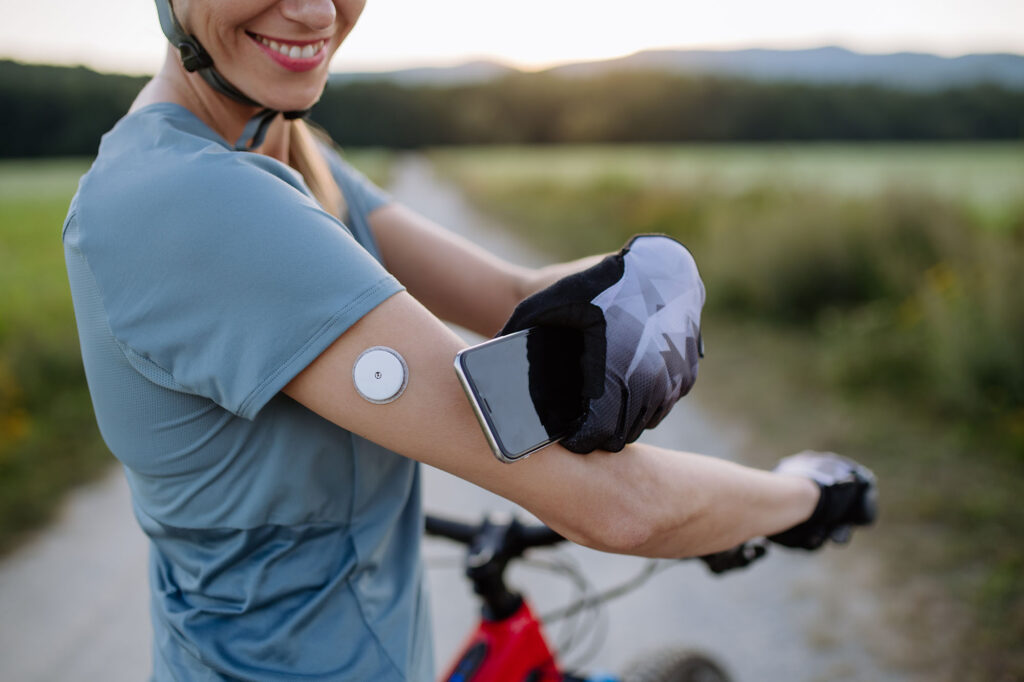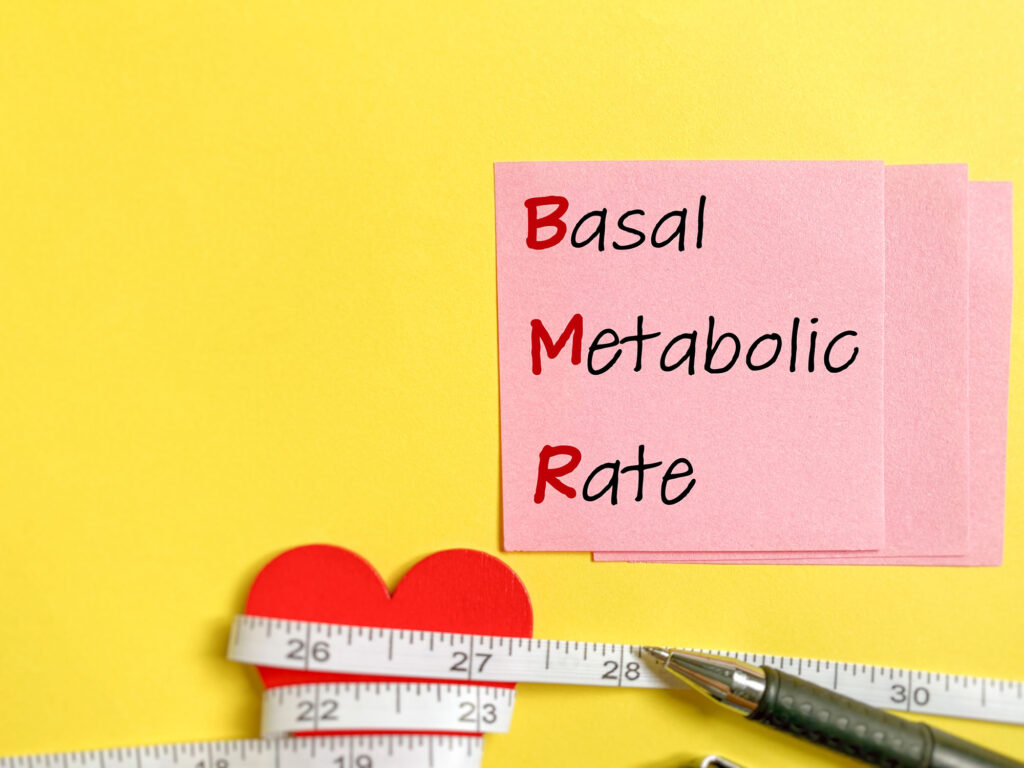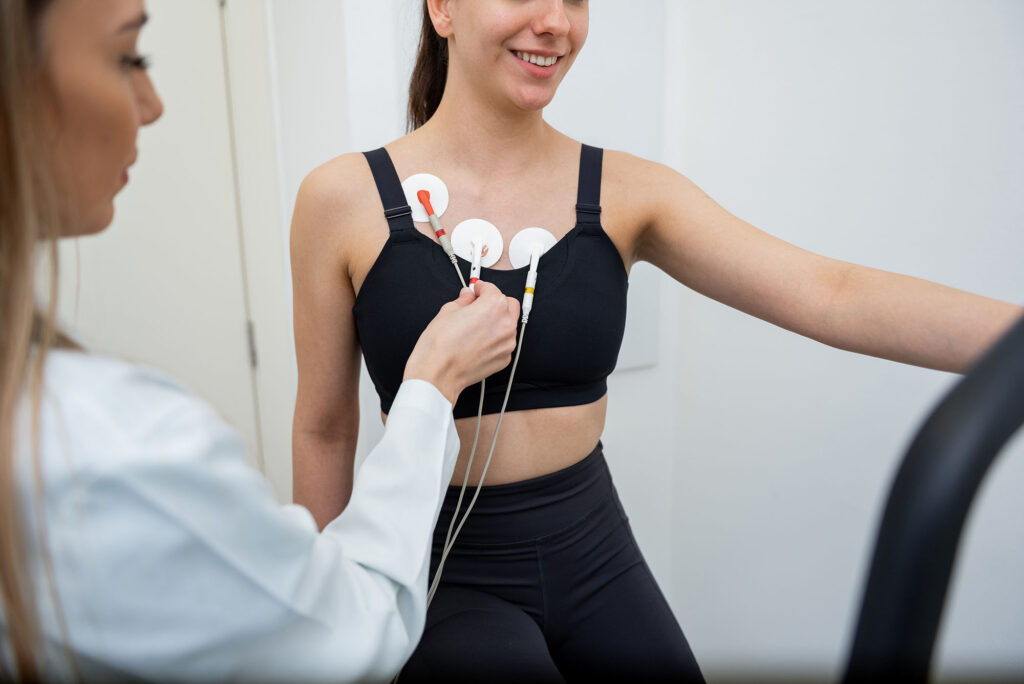Imagine your body as a sophisticated machine, a high-performance race car that needs regular maintenance to stay in top shape. Physical activity is the oil in the gears, the fuel that drives your health. Lace up your sneakers and join us on an adventure where exercise not only strengthens your muscles but also boosts your cardiovascular health, keeping your heart strong and your blood vessels flexible, while protecting your metabolism. It’s a winning bet, isn’t it?
The Benefits of Physical Activity on Cardiovascular Health
1. A Strong and Resilient Heart
Your heart is the engine of your body. The stronger it is, the better you function. Regular physical activity, whether jogging, cycling, or dancing, strengthens the heart muscle. It enhances its efficiency in pumping blood, leading to a lower resting heart rate. The less your heart has to work to perform its daily tasks, the longer it lasts. A well-trained heart operates like a finely tuned clock, ticking with flawless precision.
Moreover, by stimulating blood circulation, exercise helps maintain the flexibility and health of your arteries. The result? A significant reduction in the risk of developing cardiovascular diseases such as hypertension, heart attacks, or strokes. Exercising is like giving your heart a daily rejuvenation treatment.
2. Controlled Blood Pressure
As the saying goes, “prevention is better than cure.” High blood pressure, often dubbed the “silent killer,” can wreak havoc if left unchecked. Thankfully, physical activity plays a crucial role in regulating blood pressure. By moving regularly, you help your body better manage stress and maintain stable blood pressure. Even a simple daily walk can work wonders in keeping these numbers in check.
3. Balanced Cholesterol Levels
Cholesterol isn’t the number one enemy as long as you manage its good and bad sides. Regular exercise helps raise “good” cholesterol (HDL) levels while lowering “bad” cholesterol (LDL) levels. In other words, by staying active, you clean your arteries and reduce the risk of blockages that could lead to a heart attack. It’s not a miracle diet, but the results are equally impressive.
The Effects of Physical Activity on Metabolism
1. Cardiovascular health and the Fat-Burning Effect

Let’s dive into the core of the matter: metabolism. Think of it as the furnace that powers your body with energy. Physical activity increases energy expenditure, meaning your body burns more calories even at rest. Imagine the impact when you ramp up your pace with cardio sessions or resistance training. It’s not just about losing weight but transforming your body into a more efficient fat-burning machine.
2. Improved Insulin Sensitivity
Insulin is the key hormone regulating blood sugar levels. When you exercise, your muscles become more sensitive to insulin, meaning your body uses glucose (sugar) in the blood more efficiently. This is excellent news for preventing and managing type 2 diabetes. In fact, regular exercise is often recommended as one of the most effective ways to control diabetes, alongside medication. A bit of sweat today can save you from many concerns tomorrow.

3. Boosted Basal Metabolism

After a good workout, your metabolism doesn’t slow down right away. The “afterburn” effect, known as EPOC (Excess Post-exercise Oxygen Consumption), means your body continues to burn calories at a higher rate even after exercise. It’s like having a campfire that keeps radiating heat long after you stop adding fuel. The more intense the workout, the more pronounced this effect. It’s a hidden bonus that turns every effort into a long-term investment.
Physical Activity: A Weapon Against Chronic Diseases
1. Reducing the Risk of Type 2 Diabetes
We’ve already touched on the importance of exercise for insulin sensitivity, but let’s delve deeper. Physical activity significantly reduces the risk of developing type 2 diabetes. How? By helping maintain a healthy weight, regulating blood sugar levels, and improving insulin efficiency. Whether you’re predisposed to diabetes or simply aiming to stay healthy, exercise is a powerful tool against this chronic disease.
2. Preventing Metabolic Syndrome
Metabolic syndrome is a cluster of conditions that increase the risk of heart disease, stroke, and diabetes. These conditions include high blood pressure, elevated blood sugar, excess abdominal fat, and abnormal cholesterol or triglyceride levels. Regular physical activity can prevent or reverse these conditions, making exercise a shield against chronic diseases. In other words, every minute spent moving is a minute gained against metabolic syndrome.
3. Enhancing Mental Health and Overall Well-being
We’d be remiss not to mention the impact of physical activity on mental health. Moving doesn’t just benefit the body; it also nurtures the mind. Exercise releases endorphins, the “happiness hormones,” which improve mood and reduce symptoms of depression and anxiety. Additionally, physical activity promotes better sleep, increased focus, and greater stress resilience. You’re not just healthier physically but also more fulfilled mentally.
Different Forms of Physical Activity and Their Specific Impacts
1. The Benefits of Cardio
Cardio, or aerobic exercise, is the go-to type of exercise for cardiovascular health. Whether you choose running, swimming, cycling, or dancing, cardio strengthens the heart and lungs, improves blood circulation, and boosts endurance. It’s also a fantastic way to burn calories and lose weight, directly benefiting your metabolism.
2. The Importance of Resistance Training
Resistance exercises, such as weightlifting, are often overlooked but equally important. They strengthen muscles, increase bone density, and improve body composition by building lean muscle mass. More muscle means a higher basal metabolism, which helps burn more calories even at rest. Additionally, these exercises contribute to joint stability and injury prevention.
3. Flexibility and Mobility Exercises
Don’t underestimate the importance of flexibility and mobility. Exercises like yoga, Pilates, or regular stretching improve flexibility, reduce muscle tension, and prevent injuries. Good joint mobility also enhances your ability to perform other exercises, maximizing their benefits.
Integrating Physical Activity into Your Daily Routine
1. Find an Activity You Enjoy
The key to maintaining an exercise routine is finding an activity you enjoy. Whether it’s dancing, cycling, hiking, or even gardening, the essential thing is to move regularly. If you have fun, you’re more likely to stick with your routine.
2. Set Realistic Goals
Don’t start by aiming to run a marathon if you’ve never run for more than five minutes. Set achievable goals, like 30 minutes of brisk walking five times a week, then gradually increase intensity and duration. Every small step counts, and progress will come with persistence.
3. Stay Active Daily
Finally, look for ways to integrate more movement into your daily life. Take the stairs instead of the elevator, walk or bike to work, or do some stretches while watching TV. These small habits can add up to make a significant difference.
Conclusion
Physical activity is much more than just a means to stay in shape. It is a cornerstone for cardiovascular and metabolic health. By committing to a regular exercise routine, you provide your body with armor against chronic diseases and enhance your overall well-being.
- American Heart Association, “The Benefits of Physical Activity”, available here.
- Mayo Clinic, “Exercise and chronic disease: Get the facts”, available here.
- World Health Organization, “Physical activity”, available here.
- Harvard T.H. Chan School of Public Health, “The Nutrition Source: Staying Active”, available here.

